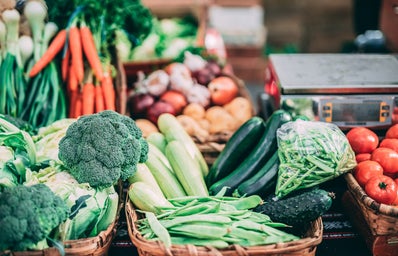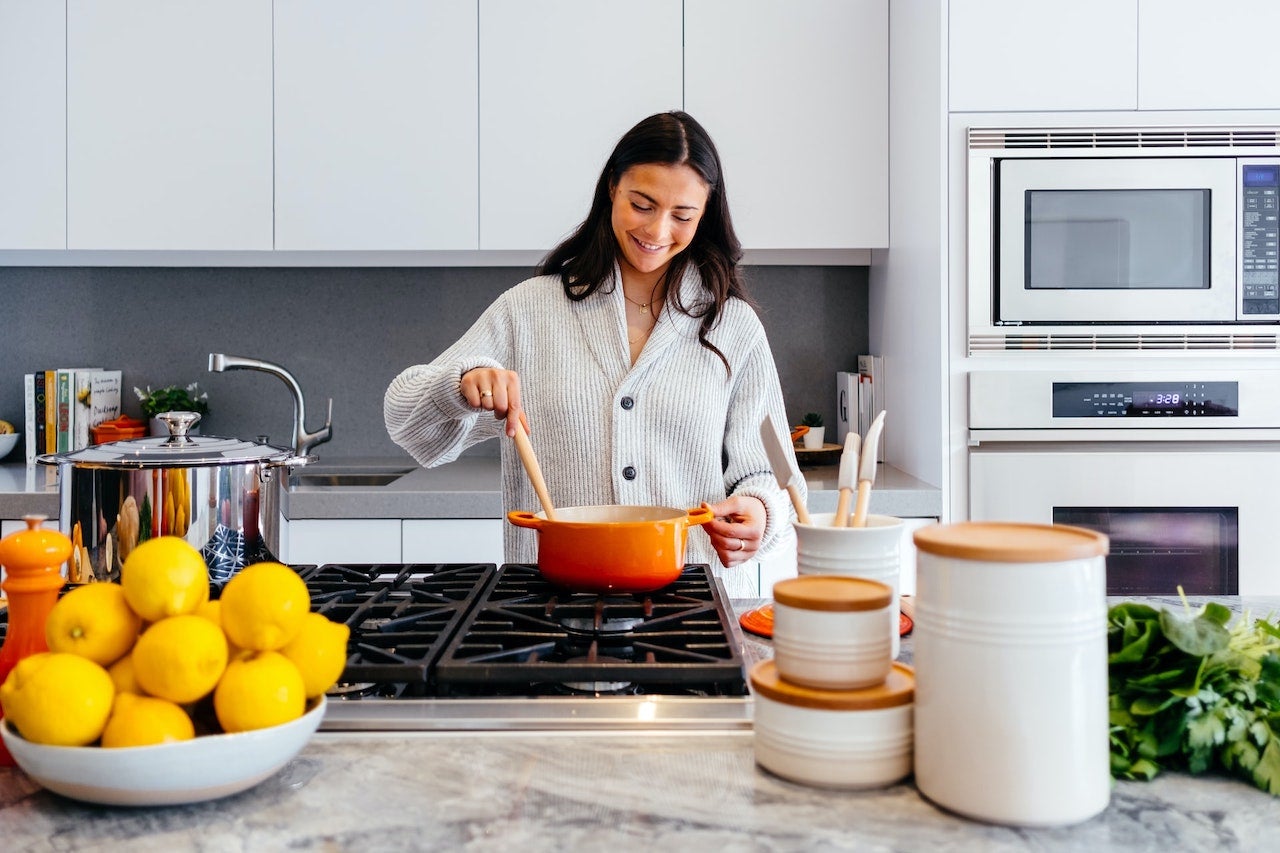When most people think of vegan food, they think of slices of yellowish-brown tofurkey sweating on a plate, salads with no dressing or flavor, and an amalgmation of different vegetable and fruit purees meant to mimic a traditionally non-vegan dish… happy Veganuary, I guess?
Despite the unsavory and unseasoned stereotypes of vegans and vegan food, I still wanted to at least give it a try, given its many benefits for the environment, health, and animals. Obviously, it is possible to be health and environment-conscious without being vegan, but I wanted to go for a greater-impact option that wasn’t too hard to pull off. Going vegan was daunting to me because of this — especially because I’m Thai, and we’re known for extremely vibrant, delicious food like Pad See Ew, Tom Yum, and Panang curry. I worried that I wouldn’t be able to eat any of my favorite dishes again, and that going vegan meant having to lose such an integral part of my identity. But since I adopted my vegan lifestyle over 4 years ago, I realized I didn’t have to say goodbye to my heritage and favorite foods.
My mom and relatives were incredibly helpful in my transition to veganism. Although skeptical at first, I was able to (finally) cook alongside them as we figured out vegan alternatives to commonly used non-vegan ingredients in Thai cooking, such as fish sauce, various types of beef and pork, and seafood.
Most Asian grocery stores actually carry a vegan version of fish sauce (look for “Nuoc Mam Chay” in big blue letters) and oyster sauce (Lee Kum Kee brand), and both are just as delicious and flavorful as their non-vegan counterparts. For protein options, tofu is the most versatile (and cost effective!) as it ranges from soft to firm, and absorbs flavor like a sponge. When fried, it has a spongy and meaty texture. Tofu is perfect for soup dishes and curries like Khao Soy, Northern Thai coconut noodle soup, or Kaeng Luang, yellow curry. Tempeh (fermented soy beans) are great in less soupy, stir-fried dishes such as Pad Thai or Pad See Ew, and can be glazed with thick sauces similarly to meat. Thankfully, the overwhelming majority of Thai seasonings are vegan and handmade, so I didn’t have to compromise on flavor.
Not only did I learn how to “veganize” my favorite Thai dishes in this process, I was also able to connect with my relatives more meaningfully. Living in the Bay Area while the rest of my family is overseas or in Los Angeles is definitely difficult, and packing like sardines in their small kitchen in Burbank is something I’m going to remember and look back on forever.
I also had a newfound love for cooking — it’s always been something I’ve enjoyed, but I never really understood the idea that food conveys a story and can be such a vulnerable method of communication. Just like the women before me, I sit in the kitchen, crushing bird’s eye chilis and fragrant cloves of garlic, wiping away tears because the chilis sting my eyes.
Just like everyone before us, my family and I happily shovel food into our mouths with forks and spoons, and the trauma of the diaspora that my family continues to struggle with, especially as Southeast Asians, is briefly forgotten. It was not until I actually went vegan that I was able to realize how critical food is to who I am. So, even if you aren’t interested at all in becoming vegan or vegetarian, consider reaching out to relatives you haven’t seen or spoken to in a while and cook something together while reflecting on your culture, heritage, and what food means to you. Bonus points if you actually do make it vegan or vegetarian!


